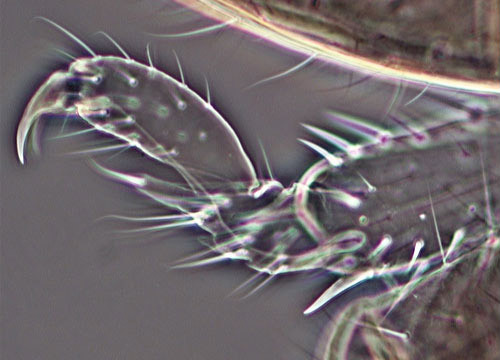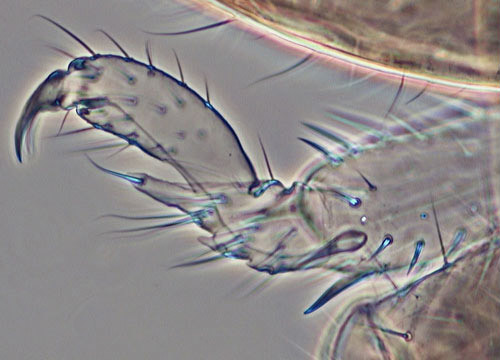Termite Claw
Surprisingly, these members of the insect order Isoptera may be likened to cows. Both species have a hugely modified, multi-compartmented stomach developed for digesting a cellulose-based diet. Termites are generally dreaded by homeowners but play an important part in wildlife ecology. They provide food for more amphibians, reptiles, and birds in the tropics than any other insect.
 Negative
Negative
 Positive
Positive
Positive
Of all the insect orders, termites are the only one in which all species are categorized as highly social. Living in colonies, or social communities, they exhibit brood care and strong family ties. In fact, a startling attribute of the termite family is that it is based on monogamy. Termites are faithful to their mates and are considered by scientists to be the most sophisticated families ever known to have evolved.
Negative
Members of termite families may follow different developmental pathways to become part of various castes. Each caste has its own role within the family. Workers comprise the bulk of the population and are responsible for activities such as feeding all dependent castes, digging tunnels, and building and repairing the nest. Soldiers provide colony defense against predators. Queens, or primary reproductives, are relatively immobile and greatly depend upon the workers. The queen's mate, the king, also loyally attends her. Secondary reproductives will take over if a primary reproductive of the same sex dies. They sometimes have to wait a very long time, however, since termite queens have been known to live for over ten years and some mounds indicate longevity of forty years.













